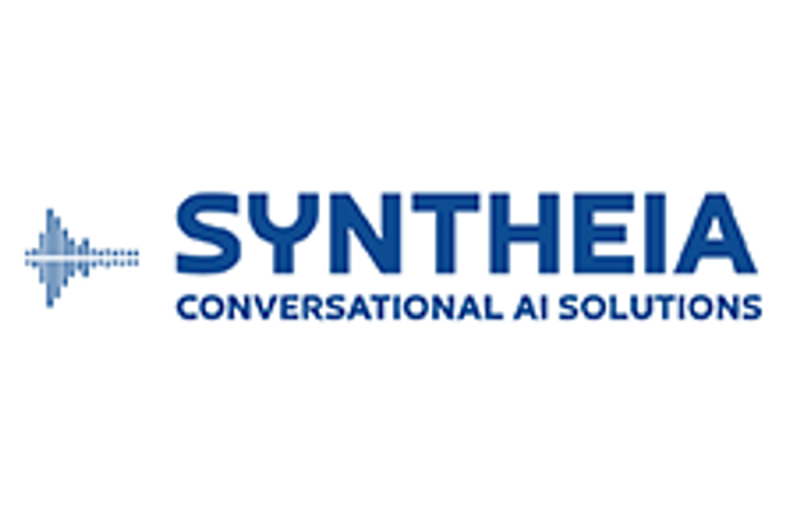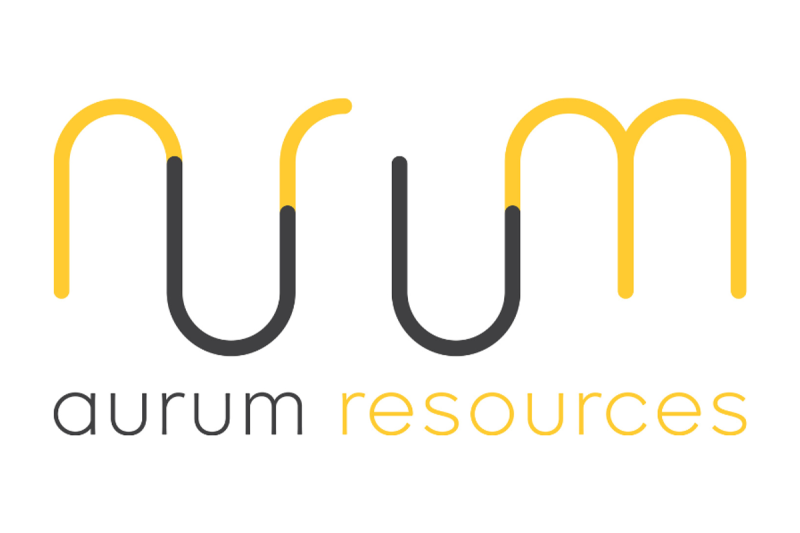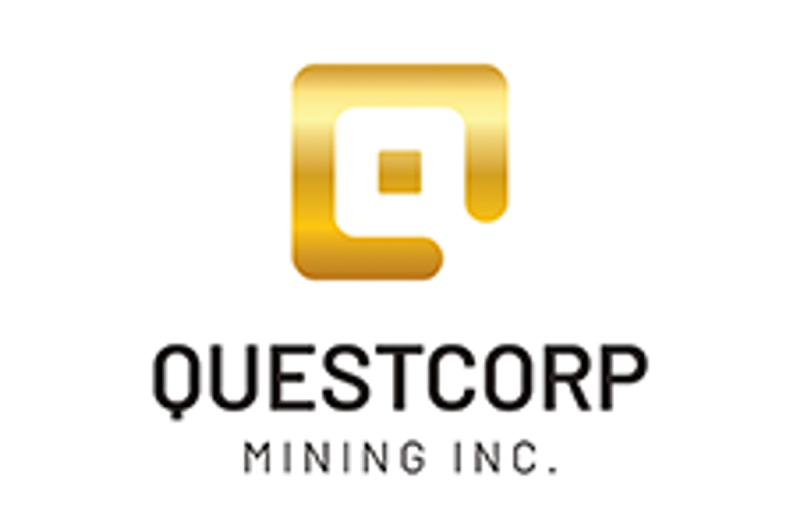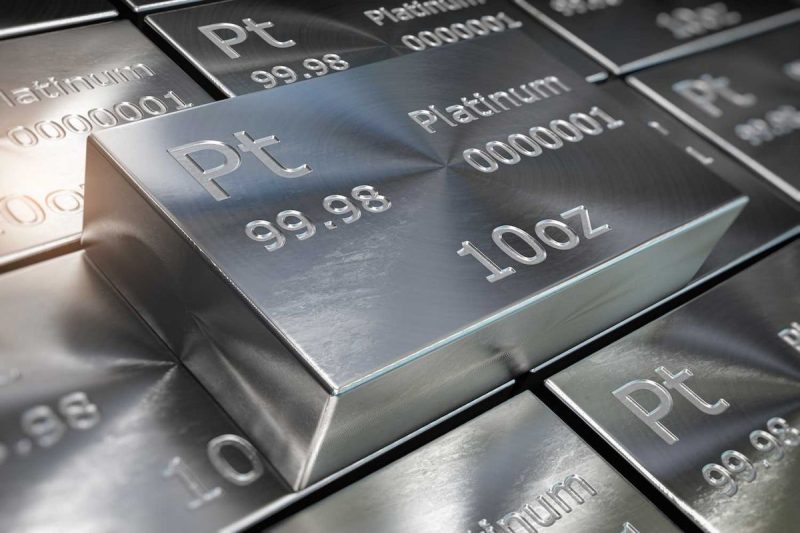Here’s a quick recap of the crypto landscape for Monday (October 6) as of 9:00 p.m. UTC.
Get the latest insights on Bitcoin, Ether and altcoins, along with a round-up of key cryptocurrency market news.
Bitcoin and Ether price update
Bitcoin (BTC) was priced at US$125,434, up by 2.3 percent in 24 hours. Its lowest valuation of the day was US$124,565, and its highest was US$126,080. Bitcoin achieved its strongest weekly close at US$123,400 on October 3, affirming entry into a new price discovery phase, before hitting new highs on Monday.
Bitcoin price performance, October 6, 2025.
Chart via TradingView.
Bitcoin’s market cap briefly surpassed US$2.5 trillion, driving a record US$5.95 billion into digital assets.
Bitcoin dominance in the crypto market now stands at 54.49 percent.
On-chain data indicates that Bitcoin is entering a renewed accumulation phase, marked by reduced selling pressure from long-term holders and stabilization among short-term investors. Strong institutional exchange-traded fund (ETF) inflows, increased on-chain transfer volumes and healthy derivatives market indicators form a strong structural base for potential further gains, but tight Bollinger Bands point to impending short-term volatility and price consolidation.
Bitcoin researcher Axel Adler Jr. highlights that Bitcoin is trading near the upper boundary of the 21 day Donchian channel. The Bitcoin futures flow index reading of 96 percent signals sustained bull pressure.
Adler also points out that the short-term holder MVRV ratio is nearing resistance around US$133,000, indicating potential near-term profit taking. Scenarios include momentum-driven consolidation between US$122,000 and US$124,000, or a mean reversion pullback to US$118,500 to US$120,000, supported by key moving averages.
Ether (ETH) has exceeded Bitcoin’s upward price movement, rising by roughly 5.2 percent in the last 24 hours to US$4,725.31, its highest valuation of the day. Its lowest valuation was US$4,589.41.
Ether continues to hold firm above its US$4,500 support, with market watcher Ted Pillows highlighting US$4,750 as the next major resistance level for the cryptocurrency. However, he also warned that a drop below the US$4,250 to US$4,060 zone would shift momentum back to the bears.
Altcoin price update
- Solana (SOL) was priced at US$235.40, an increase of 3.7 percent over the last 24 hours. Its lowest valuation on Monday was US$233.70, and its highest was US$237.29.
- XRP was trading for US$3.03, up by 2.5 percent over the last 24 hours. Its lowest valuation of the day was US$2.99, and its highest was US$3.05.
ETF data and derivatives trends
The Fear & Greed Index currently reads 59, remaining firmly in neutral territory since the tail end of last week.
Last week, the cumulative net flow for spot Bitcoin ETFs was predominantly positive, with several days of inflows. According to data from the week of September 29 to October 3, spot Bitcoin ETFs had inflows on all five days, with October 3 recording the highest inflows at US$985.08 million. The inflows were led by BlackRock’s iShares Bitcoin Trust (NASDAQ:IBIT) and the Fidelity Wise Origin Bitcoin Fund (BATS:FBTC).
Cumulative total inflows for spot Bitcoin ETFs stood at US$60.05 billion as of October 3.
The derivatives landscape reflects cautiously bullish sentiment, with the perpetual funding rate holding steady at 0.01, indicating balanced positioning between longs and shorts in the perpetual swap markets.
The session saw US$27.76 million in liquidations over the last four hours, predominantly impacting short positions, a signal of aggressive short covering as price momentum accelerated. Open interest retreated by 0.44 percent in the same span, to US$94.83 billion, suggesting some deleveraging or profit-taking after the day’s strong rally.
Despite the slight pullback in open interest, the notional value in major futures and options contracts remains near record levels, underscoring persistent institutional and speculative engagement. Implied volatility stands at 40.9, reflecting a moderate risk premium amid heightened spot activity and brisk rotation across both futures and options venues. With options open interest surging to historic highs and spot/volatility correlations positive, traders are leaning on structured call spreads rather than outright longs to manage term premiums and risk.
Today’s crypto news to know
Grayscale launches first US spot crypto ETPs with staking
Grayscale Investments has launched the first US-listed spot crypto exchange-traded products (ETPs), enabling staking for its Grayscale Ethereum Trust ETF (ARCA:ETHE), Grayscale Ethereum Mini Trust ETF (ARCA:ETH) and Grayscale Solana Trust (OTCQX:GSOL), the last of which is awaiting regulatory approval to uplist as an ETP.
Traditional brokerage investors can now earn passive staking rewards, which have been limited to native crypto platforms, through regulated funds, providing exposure to the Ethereum and Solana networks.
“Staking in our spot Ethereum and Solana funds is exactly the kind of first mover innovation Grayscale was built to deliver,” said Grayscale CEO Peter Mintzberg in a press release.
“As the #1 digital asset-focused ETF issuer in the world by AUM, we believe our trusted and scaled platform uniquely positions us to turn new opportunities like staking into tangible value potential for investors.”
Grayscale will manage staking via institutional custodians and diversified validator networks to reduce risks. The launch represents a milestone in crypto product sophistication and regulatory acceptance, and is expected to attract institutional capital and deepen investor participation in staking rewards.
Morgan Stanley endorses Bitcoin allocation for client portfolios
Morgan Stanley’s (NYSE:MS) Global Investment Committee has formally advised clients to include digital assets in their portfolios, marking a significant policy shift for one of Wall Street’s most established banks.
In a note dated Sunday (October 5), the firm recommends up to 4 percent crypto exposure in “opportunistic growth” portfolios and up to 2 percent for “balanced growth” accounts. The report also emphasizes Bitcoin’s role as a “scarce, digitally native asset” with increasing institutional relevance.
While many investors view the move as validation of Bitcoin’s maturing status and the formal ushering of crypto’s ‘mainstream era,’ some traders called it “too late” given prior gains.
Morgan Stanley also confirmed that its E*Trade platform will soon allow trading in Bitcoin, Ether and Solana via a partnership with ZeroHash.
Coinbase seeks national trust charter to expand payment services
Coinbase Global (NASDAQ:COIN) has applied for a national trust company charter from the US Office of the Comptroller of the Currency, a move designed to expand its payments and custody operations under unified federal oversight.
In an October 3 blog post, Vice President Greg Tusar clarified that Coinbase “has no intention of becoming a bank,” but aims to streamline regulation for new financial products.
Approval would enable Coinbase to scale its recently launched Coinbase Payments platform, which facilitates stablecoin transactions for merchants on Shopify (NYSE:SHOP) and eBay (NASDAQ:EBAY).
Coinbase has also deepened partnerships with JPMorgan Chase (NYSE:JPM), enabling direct account links between Chase customers and Coinbase wallets through API integration.
Similar Office of the Comptroller of the Currency charter applications have been filed by other platforms as digital payment infrastructure moves further into mainstream finance.
Plume Network registers as transfer agent
Plume Network, a layer-2 blockchain focused on tokenizing real-world assets (RWAs), announced it has registered as a transfer agent with the US Securities and Exchange Commission (SEC).
The move allows Plume to manage tokenized securities under US law, automating traditional transfer agent functions like shareholder registry management and corporate action reporting onchain.
This development comes amid efforts to integrate traditional finance with blockchain technology, specifically through the issuance and management of tokenized securities. Institutional involvement in the RWA market is still in its early stages, primarily focusing on low-risk instruments like US treasury bills.
Potential exists for expanding into new fundraising and investor engagement methods.
Securities Disclosure: I, Meagen Seatter, hold no direct investment interest in any company mentioned in this article.
Securities Disclosure: I, Giann Liguid, hold no direct investment interest in any company mentioned in this article.










